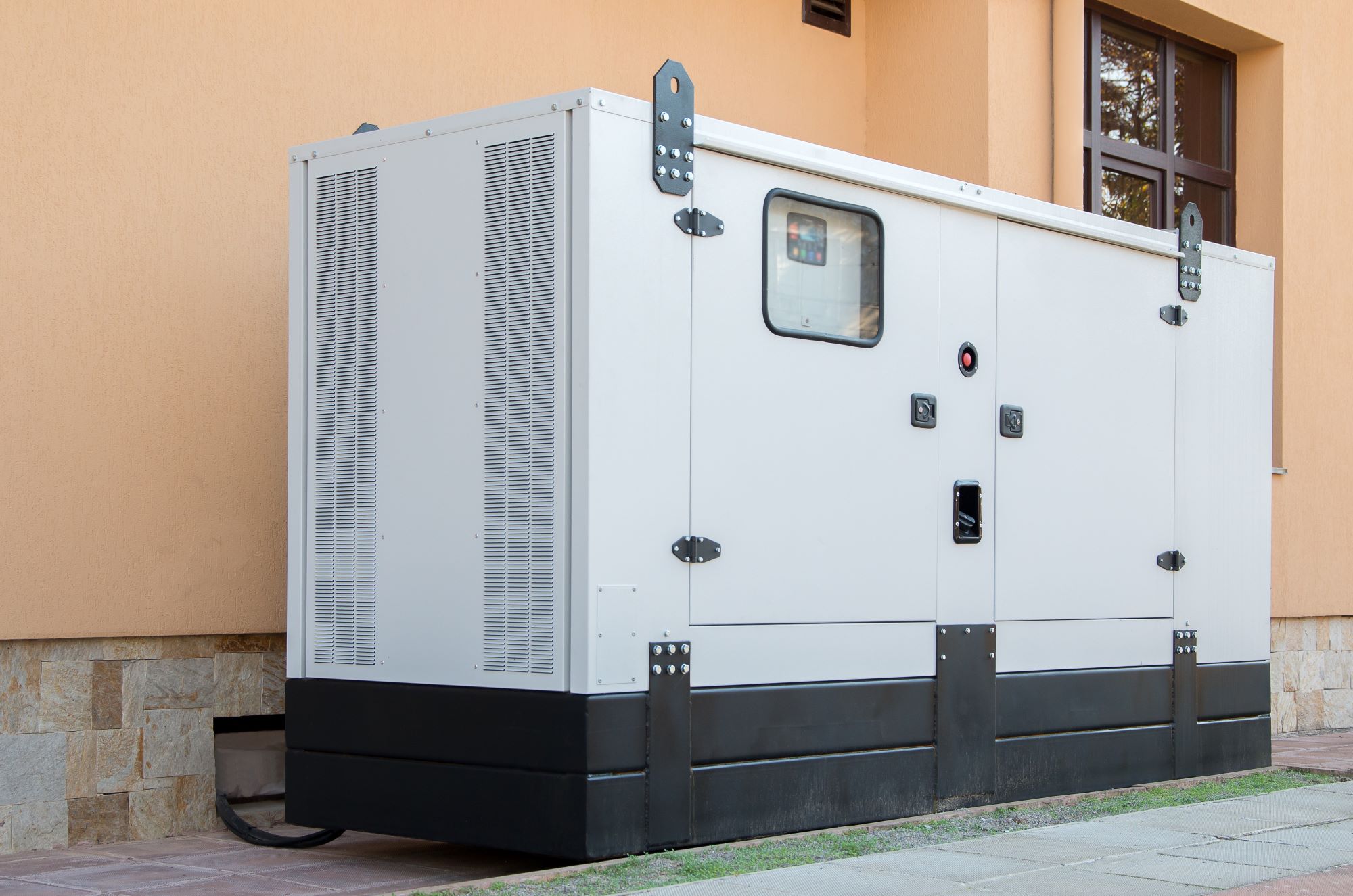Reducing Carbon Footprint: Home Generators As A Sustainable Energy Backup
Climate change is a global crisis that calls for immediate action. From the food we eat to the energy we consume, every decision we make affects our carbon footprint and, in turn, our planet’s health.
But what about when there’s a power cut? You might use a home generator for backup, but did you know that traditional generators contribute to your carbon footprint too? They burn fossil fuels, releasing harmful carbon emissions into the atmosphere.
There’s a potential solution to consider. Home generators designed with sustainability in mind can provide energy without significantly impacting the environment. In this article, we’ll explore sustainable home generators and how they can help reduce carbon emissions.

Understanding Carbon Footprint
So, what exactly is a carbon footprint? Essentially, it refers to the sum of greenhouse gases such as carbon dioxide and methane that our activities generate. For this discussion, it’s crucial to understand two primary aspects:
- Direct Carbon Footprint: This refers to the emissions resulting directly from our actions. For instance, using fuel in a traditional generator results in carbon emissions, which contribute to your direct carbon footprint.
- Indirect Carbon Footprint: This accounts for emissions associated with the lifecycle of products we use, from production to disposal. The manufacturing process of traditional generators, for instance, has a carbon cost, adding to your indirect footprint.
Both these components are important as we consider the impact of home generators.
Traditional generators, while reliable, often come with a hefty carbon price tag. However, there’s an eco-friendlier solution available. Let’s take a closer look at the advancements in technology that have made this possible.
The Emergence Of Sustainable Home Generators
Advancements in technology and growing environmental consciousness have paved the way for sustainable home generators. Here are a few key types:
- Solar Generators: These use photovoltaic cells to convert sunlight into electricity. As sunlight is a renewable resource, these generators produce energy without significant carbon emissions.
- Wind Generators: If you live in a windy area, wind generators can be an excellent choice. They harness the power of the wind to produce electricity, leaving virtually no carbon footprint.
- Hybrid Generators: Combining the best of both worlds, these generators use multiple sources, such as solar and wind. They optimise resource usage based on availability, further reducing their carbon impact.
These sustainable home generators signify a shift towards a greener future. They challenge the traditional notion of backup power, offering a viable solution without compromising our environmental responsibilities.
The Benefits Of Sustainable Home Generators
Embracing sustainable home generators can offer you a multitude of benefits. These include the following:
- Reduced Carbon Emissions: One of the foremost benefits of these generators is their minimal carbon footprint. By generating electricity from renewable sources, they cut down greenhouse gas emissions significantly.
- Lower Energy Costs: Once installed, sustainable generators can help save on energy bills. They harness freely available resources, such as wind and sunlight, essentially providing you with free power after the initial investment.
- Increased Energy Independence: Relying on the national grid means being at the mercy of power cuts and price hikes. Sustainable generators, on the other hand, offer you energy independence and resilience against fluctuations in energy supply or cost.
While the benefits are compelling, it’s important to plan your transition to sustainable home generators effectively.
Practical Steps To Switching To Sustainable Home Generators
Considering the switch to a sustainable home generator? Here’s a simple roadmap to guide your decision:
- Evaluation Of Energy Needs: Take a look at your energy bills to get an idea of your monthly energy consumption. This will help you choose a generator that can meet your needs without unnecessary excess.
- Choosing The Right Generator: Once you understand your energy requirements, compare different types of sustainable generators. Consider factors like your local climate, space availability, and budget to select the most suitable option.
- Installation And Maintenance: Find a reputable company to install your new generator. They should also provide you with a clear maintenance schedule to ensure your machine’s longevity and efficiency.
Switching to a sustainable generator may seem like a daunting task, but with the right steps, it becomes manageable.

Conclusion
The path toward reducing our carbon footprint often involves a series of small but significant decisions. Opting for a sustainable home generator could be one of these. It’s a choice that aligns with our environmental responsibilities and also delivers practical advantages.
These sustainable home generators allow us to enjoy the comfort of uninterrupted power without exerting undue pressure on our planet. They’re a crucial step that brings us closer to a solution that promises not just a brighter home but a brighter future.


















